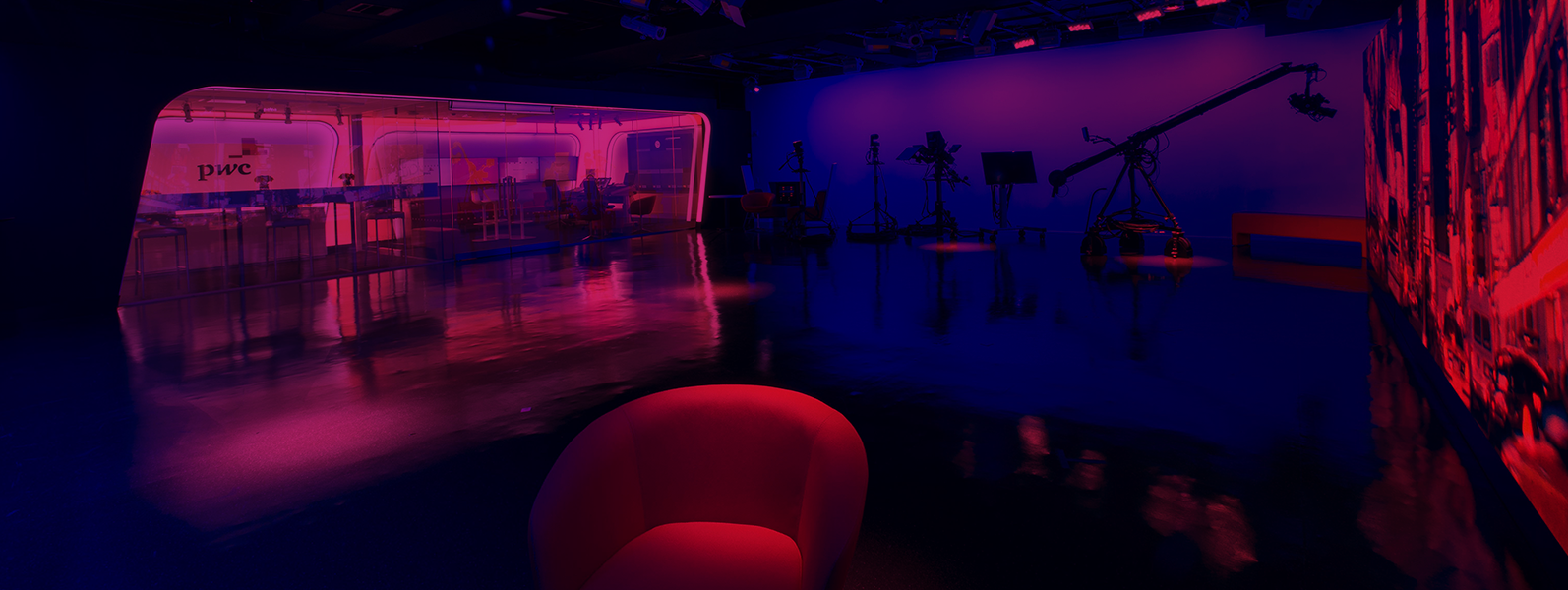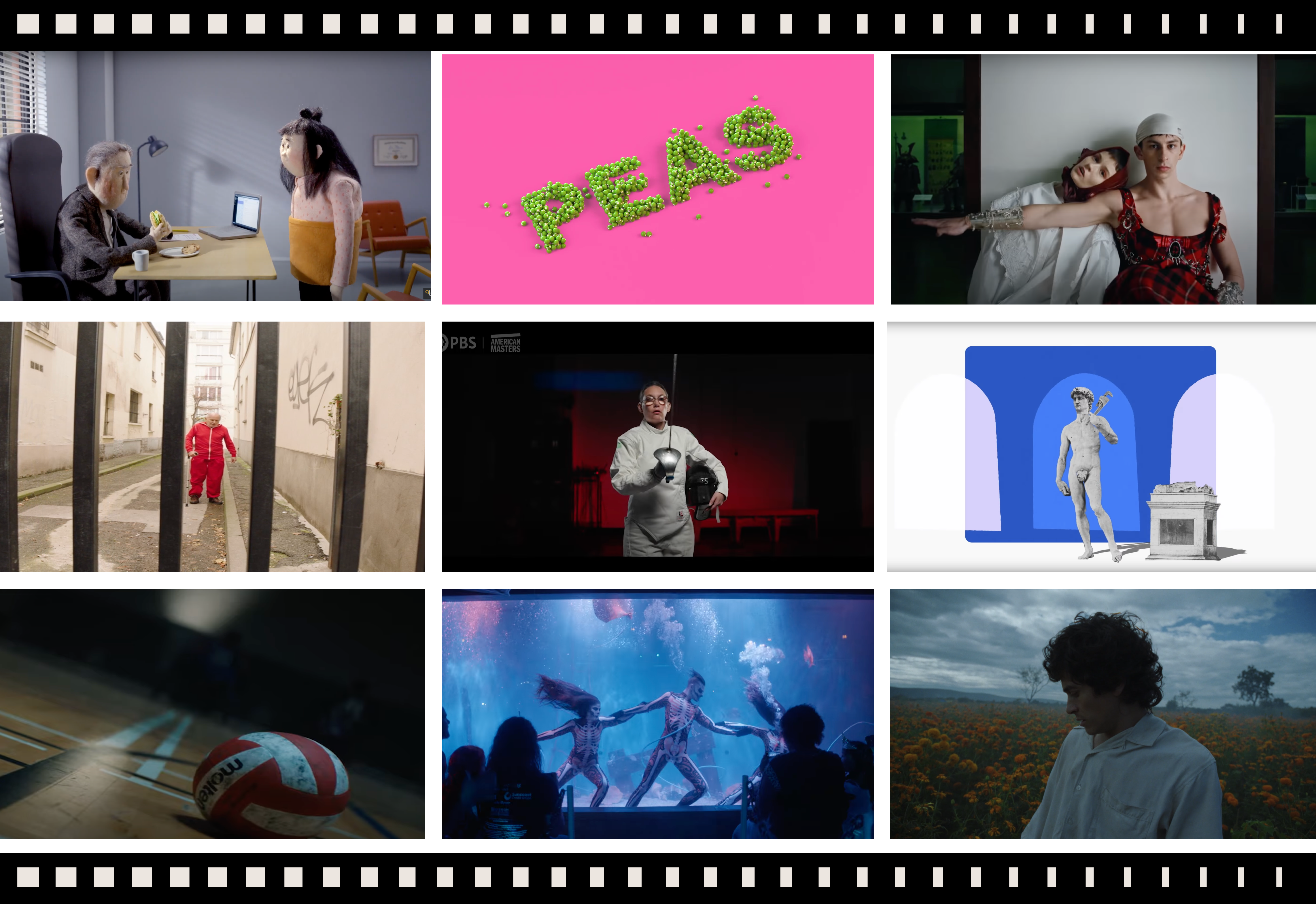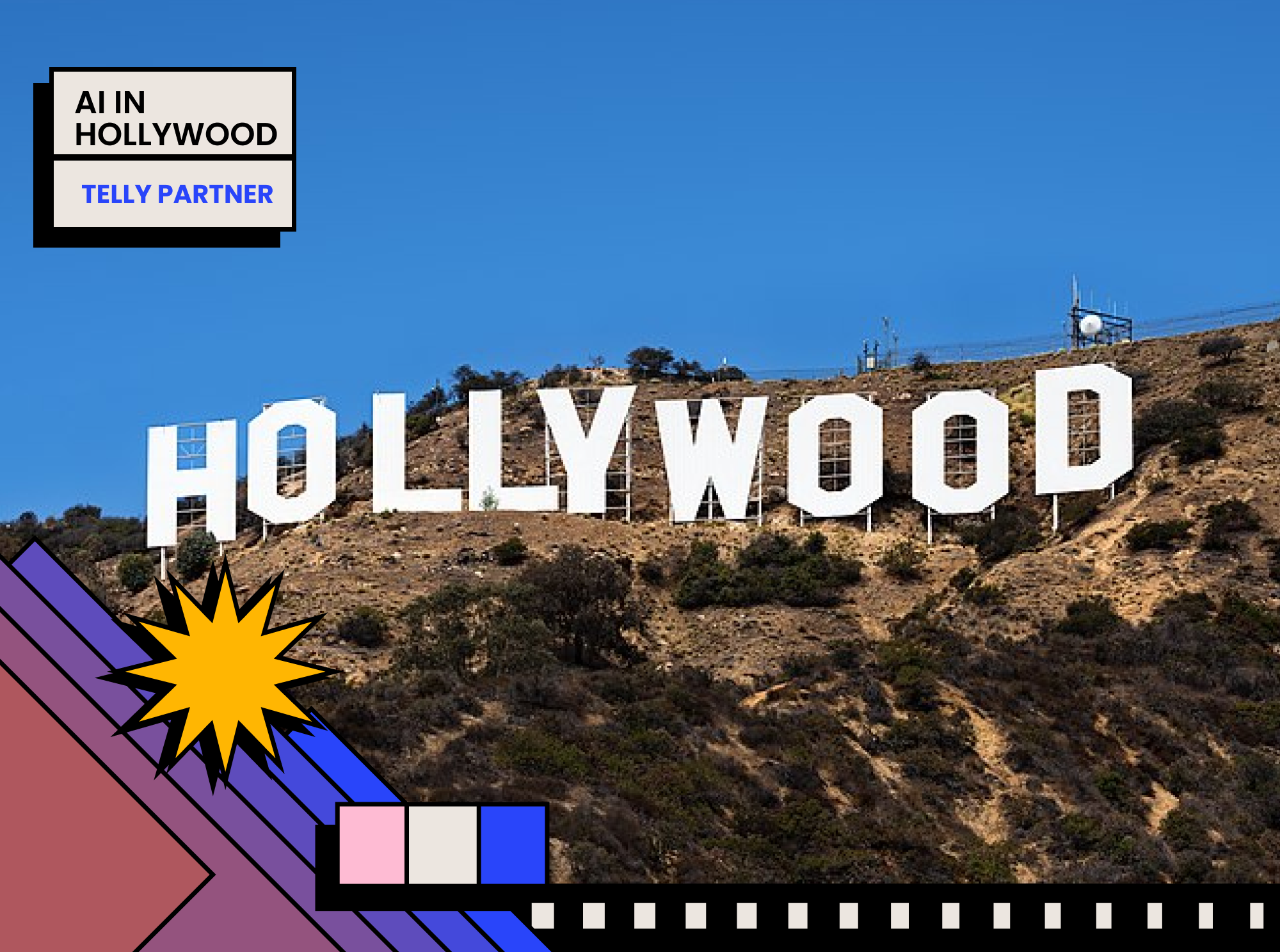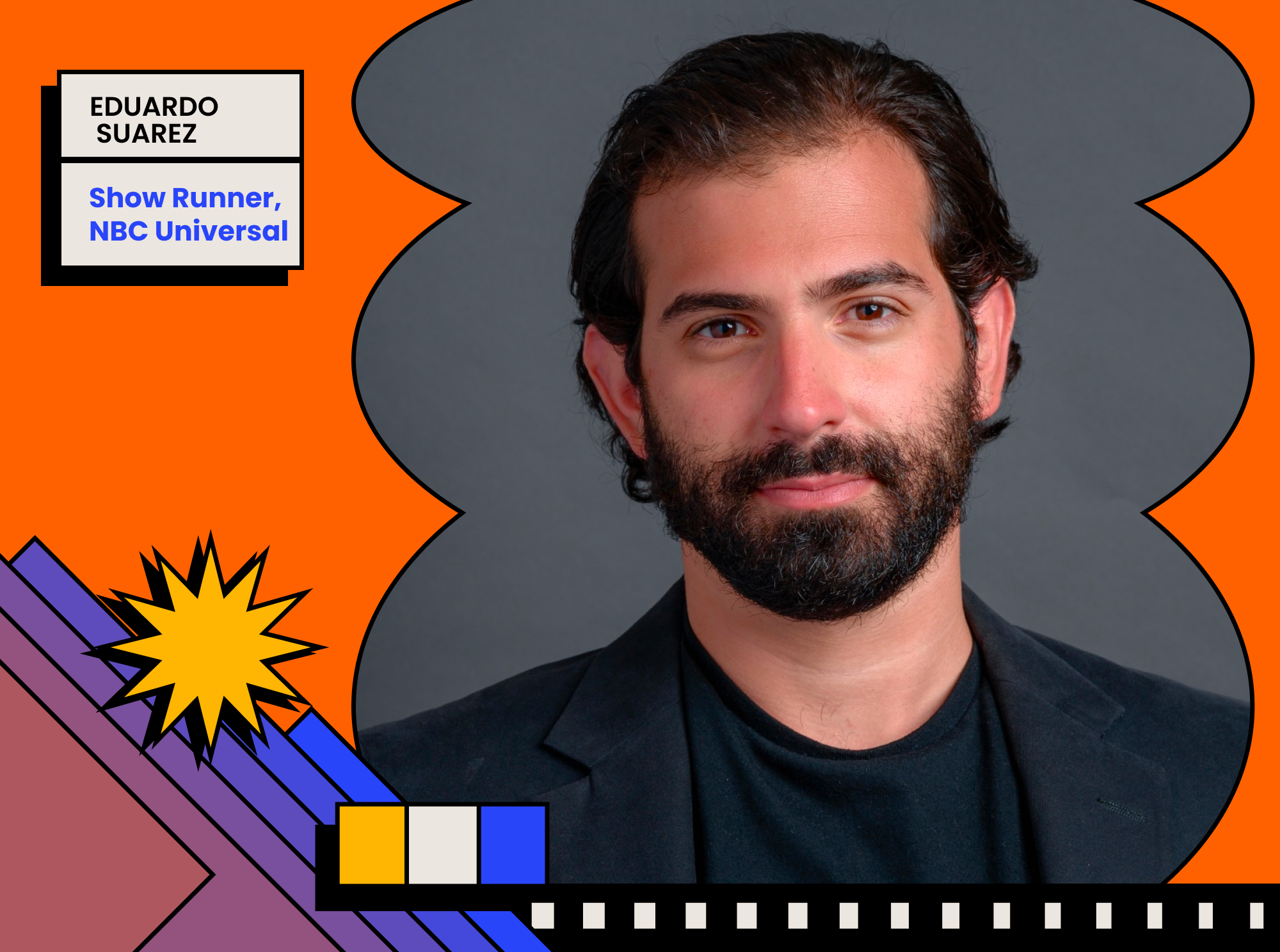For this months In Focus edition, we sat down with Alexander Zuver, Director, Creative Video at PwC to discuss how he has seen the role of video evolve over his nearly 20 years at the firm.
As one of the leading professional services firms in the world, how does video interplay with the day-to-day business objectives of PwC and its clients? And why is video such a robust medium through which to convey these key objectives?
Video has the capacity to be a tremendously important medium in any organization, but at PwC, video is an essential way to tell stories and communicate complex ideas in a simple, clear, and repeatable way. In the past, video was used as a supplement to print material. Today, it’s the reverse. We’re digital first and, more than ever, video first.
With the adoption of digital media and video in particular, the challenge has been in determining how stakeholders—both inside and outside the firm—prefer to receive the information we’re trying to convey, and there’s no one way. That means we’ve done as much work producing video as we have optimizing that video’s distribution. In some cases, that means using e-mail. In others, it means leveraging tools that are sort of corporatized versions of Facebook and Twitter. In others still, it’s distributing through YouTube, or leveraging live broadcasts, which have taken an enormous leap forward in recent years. We know that what we do is most powerful when we’re reaching the largest number of eyes.
What distribution networks do you see most success with?
In our personal lives, this is the age of social media, and as much is true within our firm structure where social media has already proven to be an immensely powerful tool. A big part of the calculus within our PwC video team, then, is determining how we can make the most of existing social platforms, while building our own internal platforms that service business or information-sharing needs that are unique to our ecosystem. It’s a real marriage of technical and strategic innovation, and each has to march hand-in-hand if we’re to achieve the holy grail: engagement.
Animation has often played an important role in the work produced by PwC. Why do you think animation is so compelling across the industries you work with?
Every time we create a video, we’re battling against two distinct but related headwinds: making something that’s intrinsically useful to our staff and clients—our viewers—and, second, making sure those viewers actually watch it. Animation helps us address each issue.
We tend to deal in technical information that can be very dense if not packaged properly, and animation—which allows us to utilize everything from infographics to motion capture technology—provides viewers with a digestible foothold. Of course, that foothold doesn’t mean much unless they’re tuning in, and staying tuned in. In that regard, animation has equipped us with the ability to capture viewers’ attention quickly—within the first few seconds—of a video, and then retain them with stimulating visuals and messaging that doesn’t require sound to glean essential information.
Oh, and when it comes to maximizing engagement, we’ve found that shorter is almost always better.
You’ve been with the firm for a number of years and held various positions within the multimedia and video teams at the company. How has the role, importance and ubiquity of video evolved in that time?
When I first started with the firm, videos were things you rented at Blockbuster. I mean, using that medium to communicate ideas and information within the workplace was just not on the table. As such, my early years with PwC were spent building out our capabilities in print: presentations and proposals. I remember when Flash started taking off, the real connection between technology and creativity dawned on me. My career took a big leap forward with Flash. Then, it went away, and multimedia really gave way to the video business, but it wasn’t overnight.
Over the years, and with the support and trust of thought leaders from all over PwC, we’ve gone from printing flyers to a 360-multimedia approach. I mean, we’re streaming in 4K and experimenting with Virtual Reality (VR) and Augmented Reality (AR). That evolution never would’ve been possible without a prolonged investment into our video team not just as a resource, but as an intrinsic part of the firm’s success in this information revolution.
You’ve referred to yourself and your team as “intrapreneurs.” What does that mean?
I heard the term “intrapreneur” on the radio, and I thought it was great. In our case, it means we’re an in-house business unit that has the capacity to be, and is encouraged to be, creative and forward-thinking in a way that’s usually most associated with folks who run their own shops or, at the very least, aren’t part of a large organization like PwC. The fact that we’re allowed to function as intrapreneurs is why I’ve been with the same company since 1997. The people I’ve worked with and for at the firm have always looked to bring the most creative ideas forward, and have supported me and my team to be at the cutting edge.
Today, we’re a highly responsive and adaptable in-house agency, complete with a studio team, field producers, animators, and editors. We are the brand experts, we know our clients, and we know the landscape of the firm. Marketers and thought-leaders come to us first, instead of going to an outside agency. We’re the point of origin for all things creative at PwC.
Thanks to the firm’s forward-thinking, we’re allowed to be intrapreneurs, and I like to think that level of freedom and openness has resulted in a pioneering approach that will continue to evolve, because it’s allowed to.
What are you most excited for in 2018 in terms of video in your field?
I’m most excited about honing our video craft, and our approach to video. First, in terms of engagement, I’m excited to continue exploring new distribution technologies and determining how those speak to different viewers in different ways, while growing engagement among all viewers. We’ve found that a multi-platform approach is paramount to achieving content stickiness, and we must keep honing ours.
Second, I’m excited to continue working with our invaluable agency partners outside of PwC who allow us to scale at a rate that’s so important in this rapidly changing landscape.
Last, I think VR, AR, 3D, drones, and an enhanced concentration on livestreaming will provide us with game-changing tools for reaching our audience. Our challenge in that realm is determining how to make the best use of those tools, about being strategic in how we deploy them. For instance, a traditional interview isn’t something we need to watch in virtual reality, while the impact of a docu-segment on a day in the life of a PwC employee might be elevated into a different orbit because of that very same technology.





